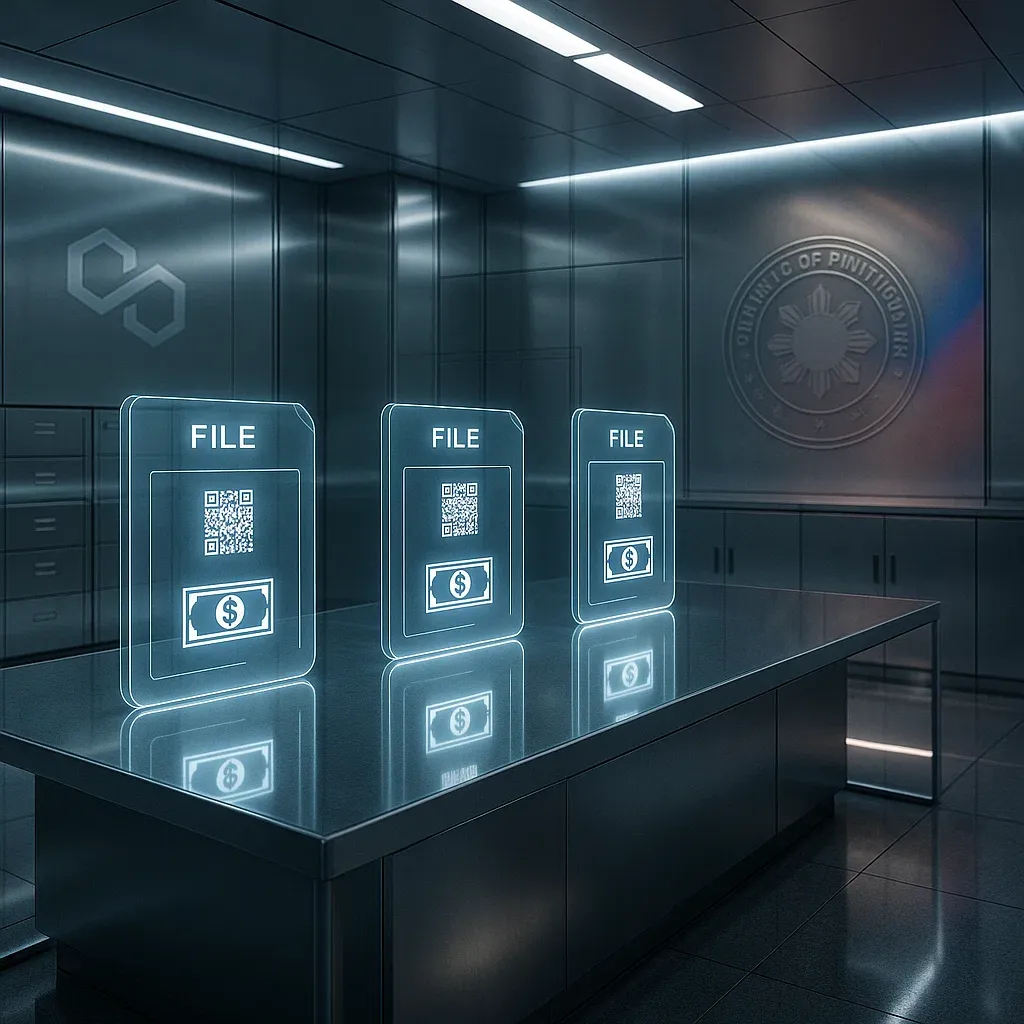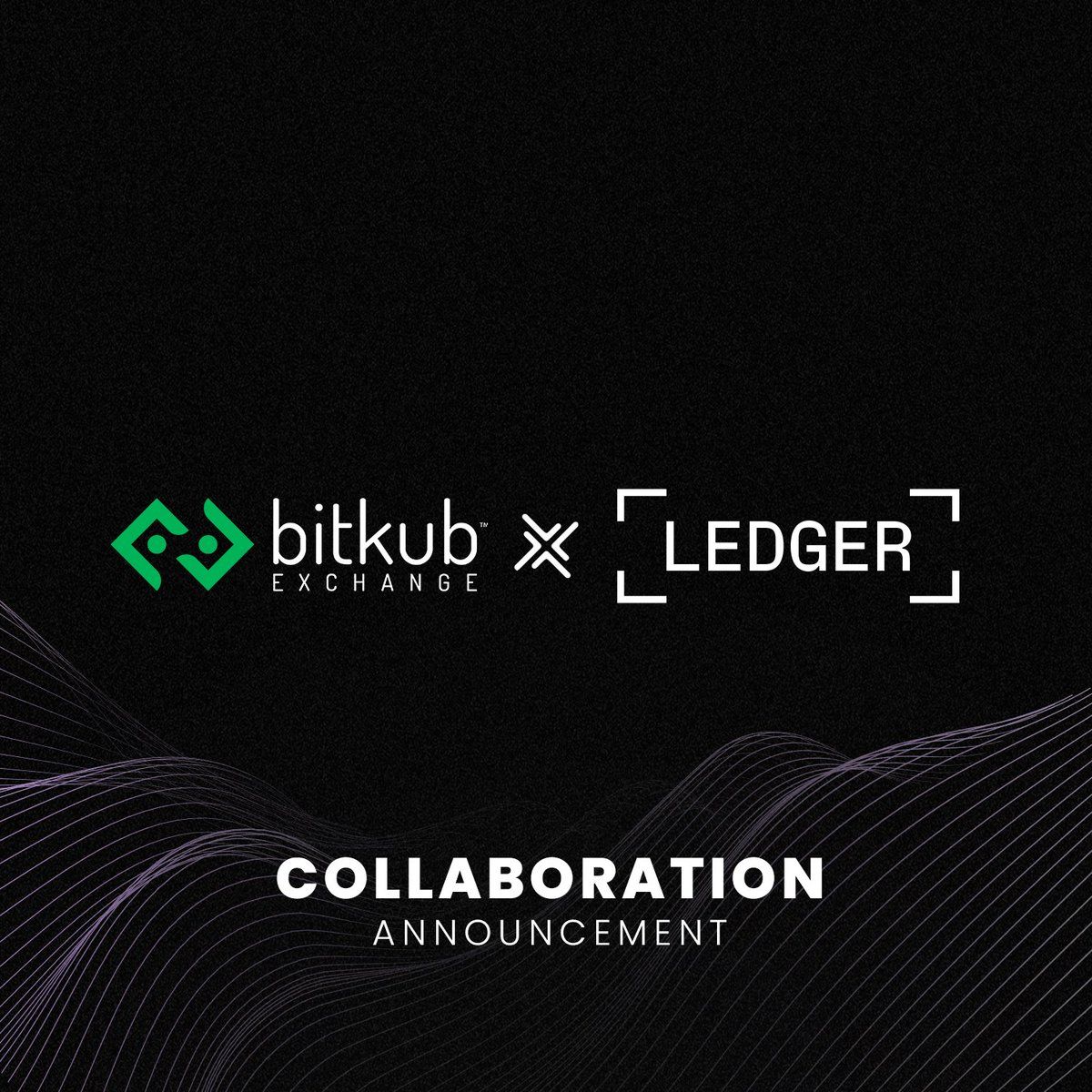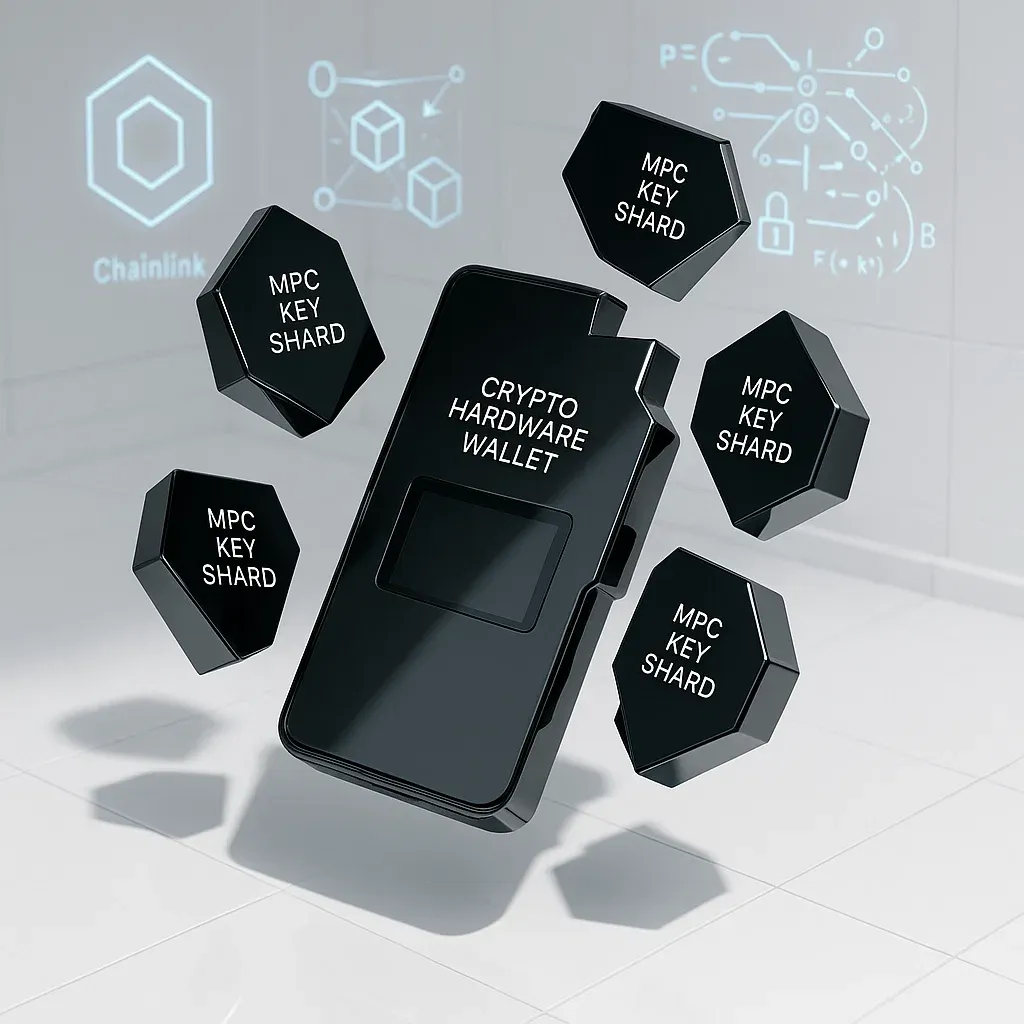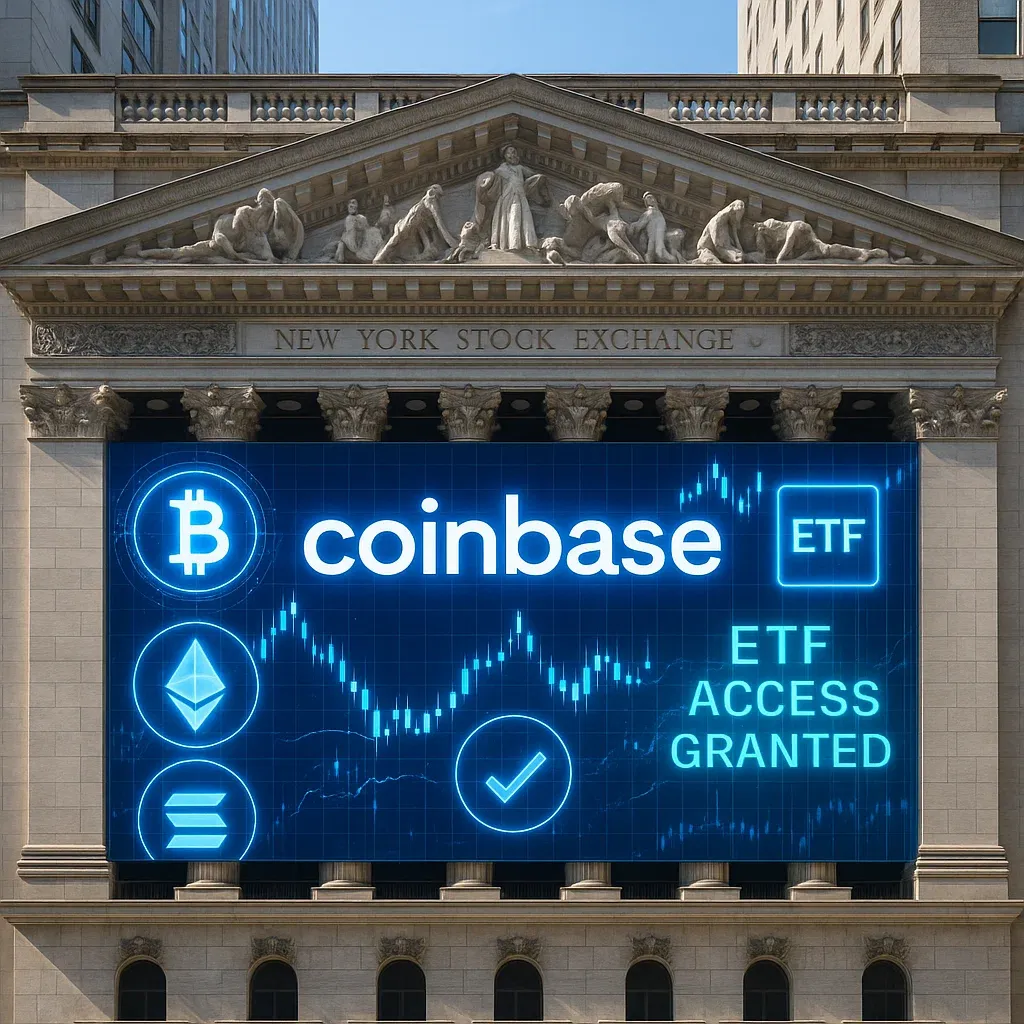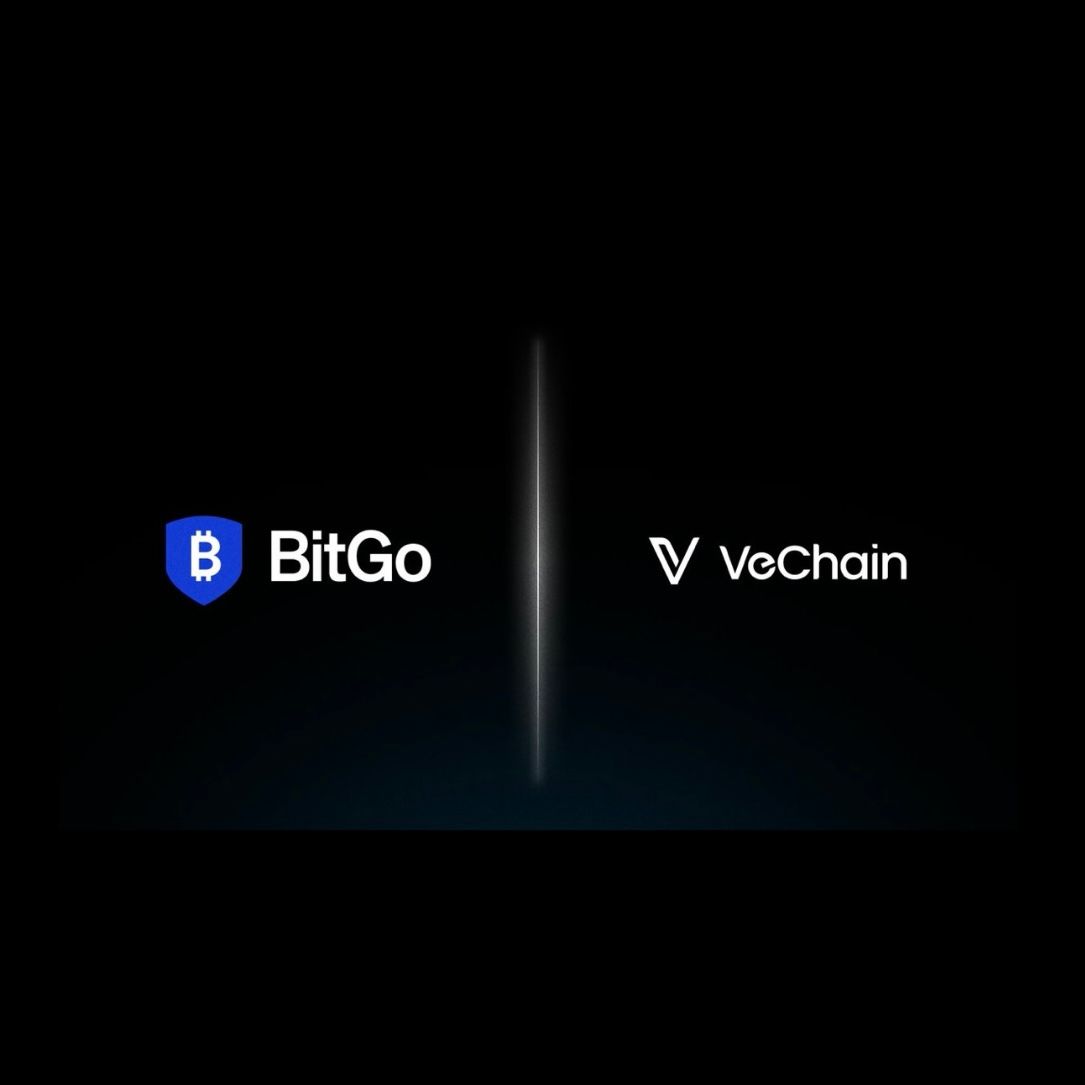What’s Inside the White House Crypto Infrastructure Report?
Inside the White House Crypto Report: Keys, Custody & Cross-Chain Chaos
From MPC key splits to oracles on steroids, the U.S. government just dropped a technical deep-dive on the inner workings of crypto infrastructure. No policy drama here — just raw mechanics.
🔍 Quick Takeaways
- 🔐 Wallets ≠ vaults. Assets live on-chain. Wallets just hold keys.
- 🧊 Cold > hot. The less online your keys, the safer your bags.
- 🧠 MPC and multisig both split control, but MPC is winning with flexibility.
- 🔗 Oracles like Chainlink feed smart contracts real-world data.
- 🌉 Cross-chain bridges are useful… and risky AF.
🔑 Keys & Wallets: Your Crypto Lives or Dies With Them
Let’s get one thing straight: you don’t store crypto in a wallet. You store access to it — via a cryptographic key pair. Lose your private key, and it’s lights out. Forever.
The White House report breaks it down:
- Private key = power. Whoever has it, owns the funds.
- Public key = address. Anyone can see it, no one can reverse it.
- Software wallets = apps or keystores, password-protected.
- Hardware wallets = physical devices, offline and paranoid.
Wallets are classified by connectivity:
- Hot: Always online, vulnerable but convenient.
- Warm: Sometimes online. Balanced risk.
- Cold: Fully offline. Hacker-proof, mostly.
And don’t forget: self-custody = self-responsibility. There’s no helpline if you lose your key. That’s why institutions go for added layers like:
- Multisig (multi-signature wallets)
- MPC (multi-party computation custody)
- Shared key schemes, like key sharding and threshold signing
⚔️ MPC vs Multisig: Who Holds the Power?
🔸 Multisig (Old School, Still Cool)
On-chain security. Think of it like a group chat where 2 of 3 members have to approve a message (transaction) before it sends. All actions are recorded on-chain.
Good for:
- Simplicity
- Clear on-chain transparency But: Can be rigid, hard to adapt across chains.
🔹 MPC (Modern, Scalable)
This is key management 2.0. No one ever sees the full private key — it’s mathematically shattered into shards, held by multiple nodes. Together, they produce a signature without assembling the actual key.
Why it slaps:
- Works across blockchains, even those without native multisig
- Dynamic access control — no need to change the wallet address when team members change
- More private, more scalable
Players in the game: Fireblocks, Anchorage, Casa — all offer MPC-based solutions. And yeah, Fireblocks published a whole breakdown showing why MPC > multisig for institutional ops.
🧠 Oracles & Bridges: Feeding the Chain and Crossing the Streams
🟡 Blockchain Oracles
Blockchains are blind. They don’t know the price of ETH or who won the Super Bowl. That’s where oracles come in.
They:
- Pull data from the outside world
- Verify and package it
- Inject it into smart contracts
Chainlink is the blueprint:
- Data source layer (APIs, feeds)
- Oracle nodes (verifiers)
- Decentralized aggregation network (truth machine)
The point? Decentralized data = trustable execution. No single failure point. No fake news.
🌉 Cross-Chain Bridges: Useful but Breakable
Bridges let assets hop between blockchains. For example:
- Lock ETH on Ethereum
- Issue “wrapped ETH” on Avalanche
- Use it in DeFi there
But… they’re infamous for hacks. Billions have been drained from weak bridges. Why? Because these systems often rely on centralized lockups and opaque trust assumptions.
So yes — bridges increase interoperability, but they also open doors for massive exploits.
⚠️ Missing From the Report?
All the spicy regulatory tea — SEC vs. CFTC drama, stablecoin rules, tax fights, censorship resistance — was intentionally excluded from this section.
You’ll find that content in our Telegram channel, where we post deep dives on:
- 🏛 Crypto law and lobbying
- 🧾 Taxes and compliance
- ⚖️ Developer liability
- 🧨 Privacy, crime, and open-source risks
- 💰 Bitcoin reserves and monetary strategy
TL;DR
- The White House just got technical: wallets, keys, oracles, MPCs, bridges — all broken down.
- Self-custody is empowering — and dangerous. No key recovery, no forgiveness.
- MPC beats multisig for large-scale operations. It’s scalable, private, and blockchain-agnostic.
- Oracles are essential for feeding smart contracts real-world data. Chainlink leads the pack.
- Cross-chain bridges? Powerful, but scary. Hackers love ‘em.
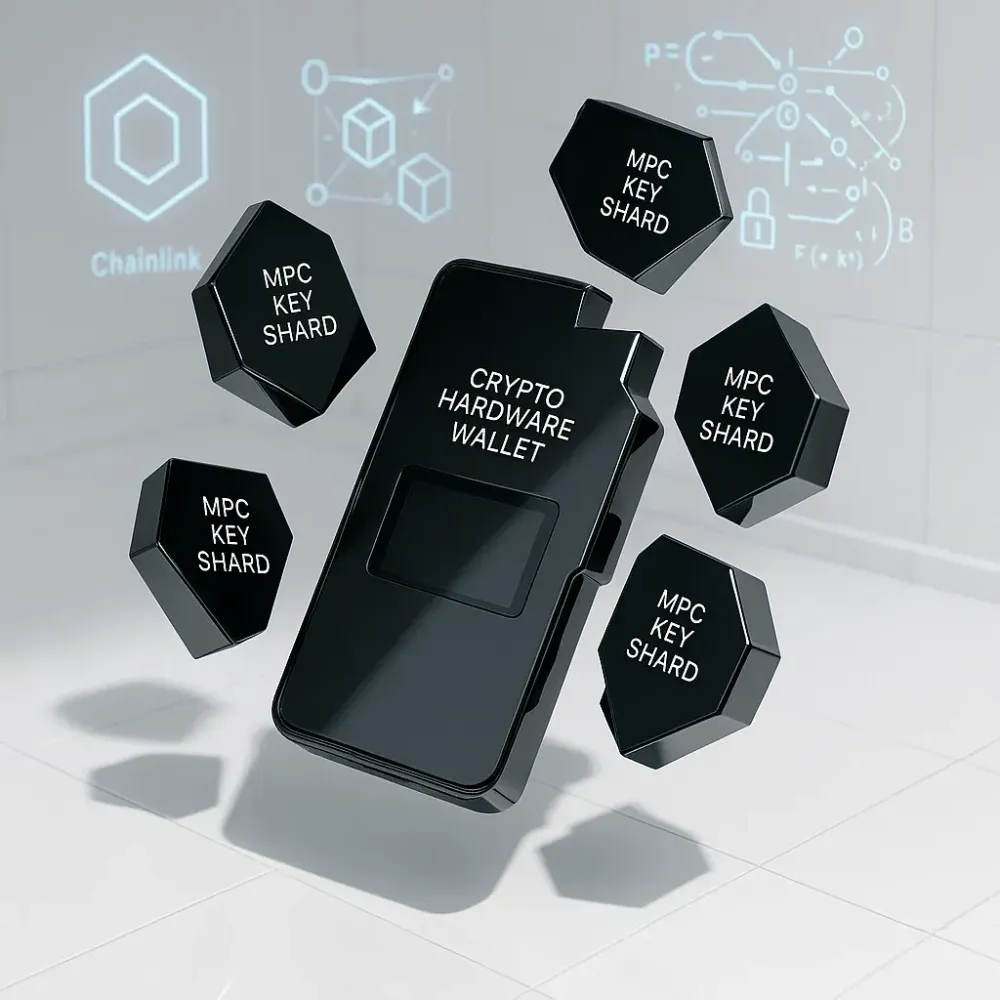
Recent News
All Time High • Live
Have questions or want to collaborate? Reach us at: info@ath.live

